Does your home or garden need a burst of color and texture to liven it up? Celosia is the perfect plant! Celosia flowers come in many shades of orange, red, yellow, and pink. There are two primary shapes they come in — one that is flame or feather-shaped plant and another that is folded in waves, typically called cock’s comb celosia. Both are beautiful and easy to grow, so why not pick your favorite and get started? Here’s everything you need to know to bring this gorgeous flower to your home or garden.
Planting celosia
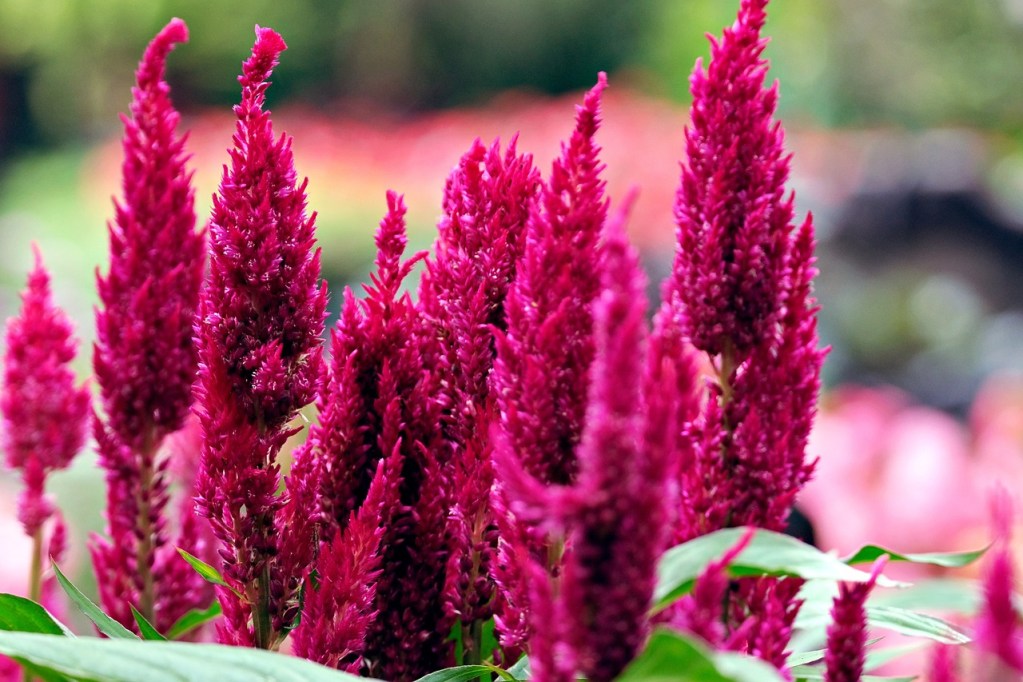
Celosia is a tender perennial, meaning it is sensitive to the cold. Only plant it after the last frost of the year has passed, or start it indoors. Choose well-draining soil that’s rich in organic matter. Celosia can tolerate most soil types, but mixing compost or leaf mulch into the soil before planting can help improve the drainage and nutritional value, keeping your celosia happy. Potted celosia can be planted in any well-draining potting soil.
Position your celosia in full sun for the best and brightest flowers. They can also tolerate some light shade, but avoid planting celosia flowers in deep shade. Indoor celosia plants are typically content with a sunny window, but you can supplement with a grow light if you suspect your celosia isn’t getting enough sun.
Celosia care
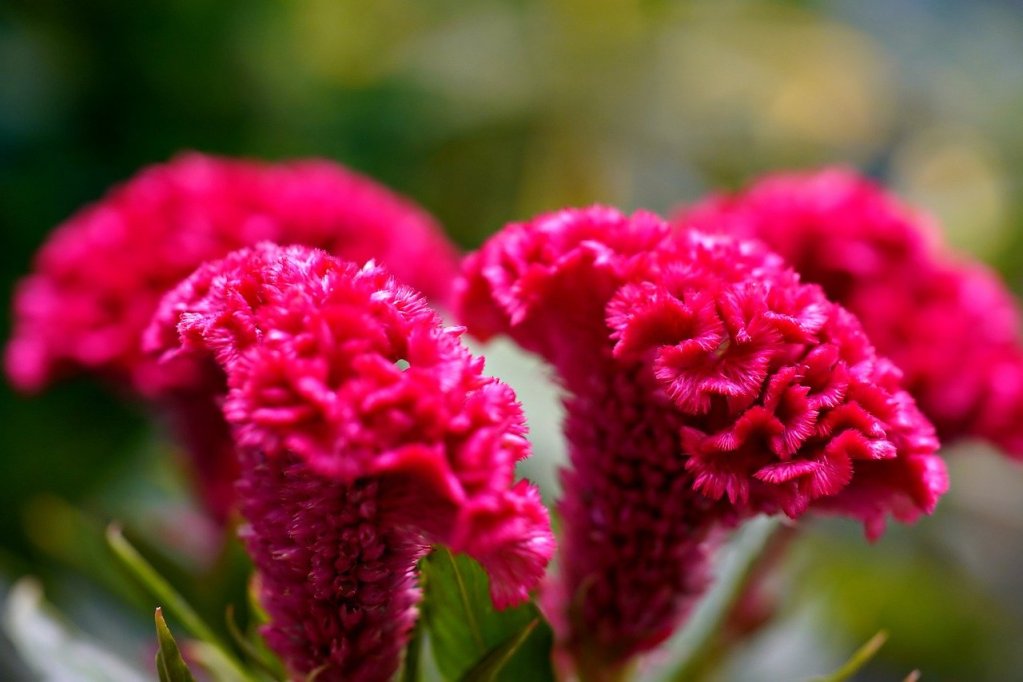
Celosia plants are mildly drought tolerant, but regular watering helps keep them blooming and beautiful. They are somewhat sensitive to overwatering, so only water them when the soil is dry. Avoid getting the leaves and flowers wet when watering them, as this can spread fungal infections.
If your soil is lacking or you want to give your celosia an extra boost, fertilize it during the growing season. You should feed your indoor celosia plants with a houseplant fertilizer during spring and summer, to compensate for the lack of naturally replenishing nutrients. Outdoor celosia plants can be fertilized with a balanced fertilizer. Some gardeners prefer a fertilizer with an NPK ratio of 3-2-1.
Deadhead your celosia to encourage it to continue blooming throughout the year. Simply snip or pinch fading flowers off the plant to make room for new ones to grow. Cut celosia can also create an interesting decorative arrangement, so consider reusing your celosia flowers for temporary seasonal decor!
Common pests and diseases
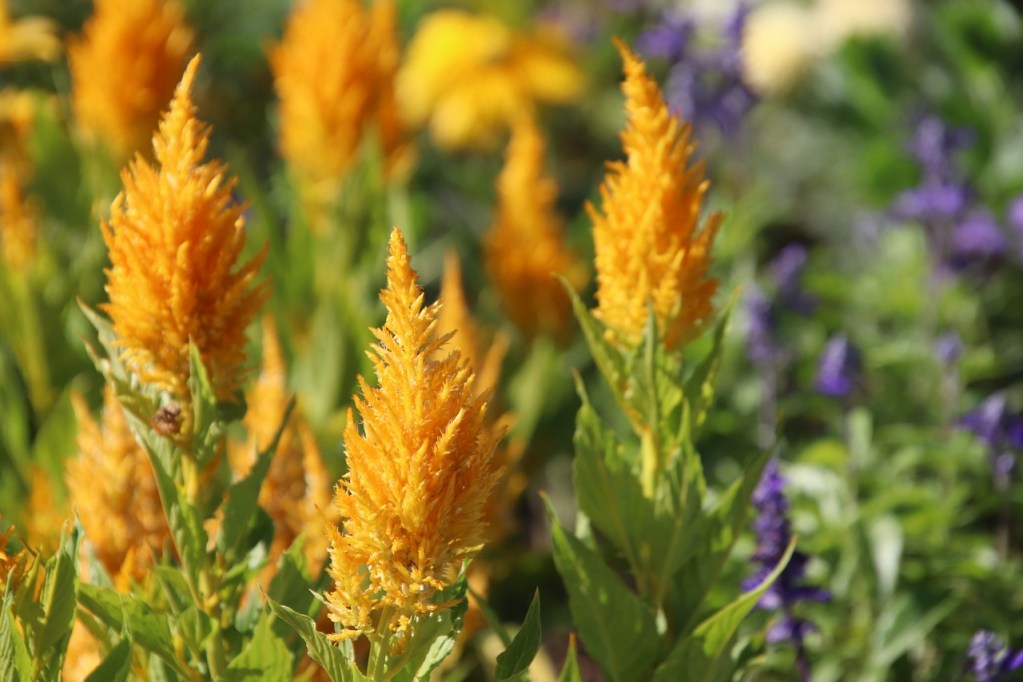
Luckily, celosia is resistant to many pests. It can become a target for small common garden pests, such as aphids, mites, and whiteflies. However, you can usually keep these pests at bay with an insecticidal soap or neem oil. In most cases, a healthy celosia plant won’t suffer much from these pests unless the infestation is severe, so focus on meeting your celosia plant’s needs.
Celosia can develop fungal infections. In particular, it can develop leaf spot and stem rot. Discolored and soft spots on the plant’s leaves and stems are evidence of these fungal infections. To prevent them, avoid getting the plant wet when watering it, and only water it when the soil is dry.
Celosia winter care
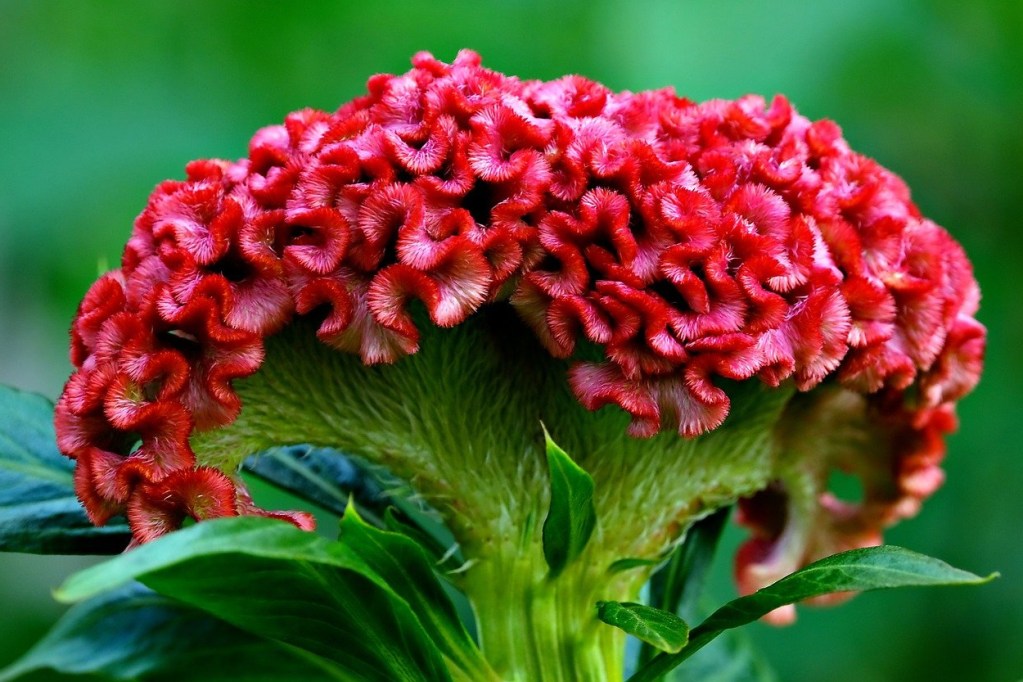
If you live in USDA hardiness zones 10 and 11, then you can grow your celosia as a perennial and leave it outdoors during winter. Add some mulch around the plants if you’re expecting a slightly colder than average winter, and reduce watering. However, north of zone 10, celosia is typically a summer annual. It’s quite sensitive to the cold, so keeping celosia alive through winter is difficult.
For the best odds, bring your celosia indoors during fall and winter. Place it in a sunny window, but avoid any windows with drafts. Keeping your celosia warm is vital to keep it alive. Unfortunately, some celosia will not survive winter even if brought indoors, but it does still make a gorgeous annual. Additionally, celosia will self-seed if you let it, so you may still see some celosia next year.
Is celosia pet friendly?
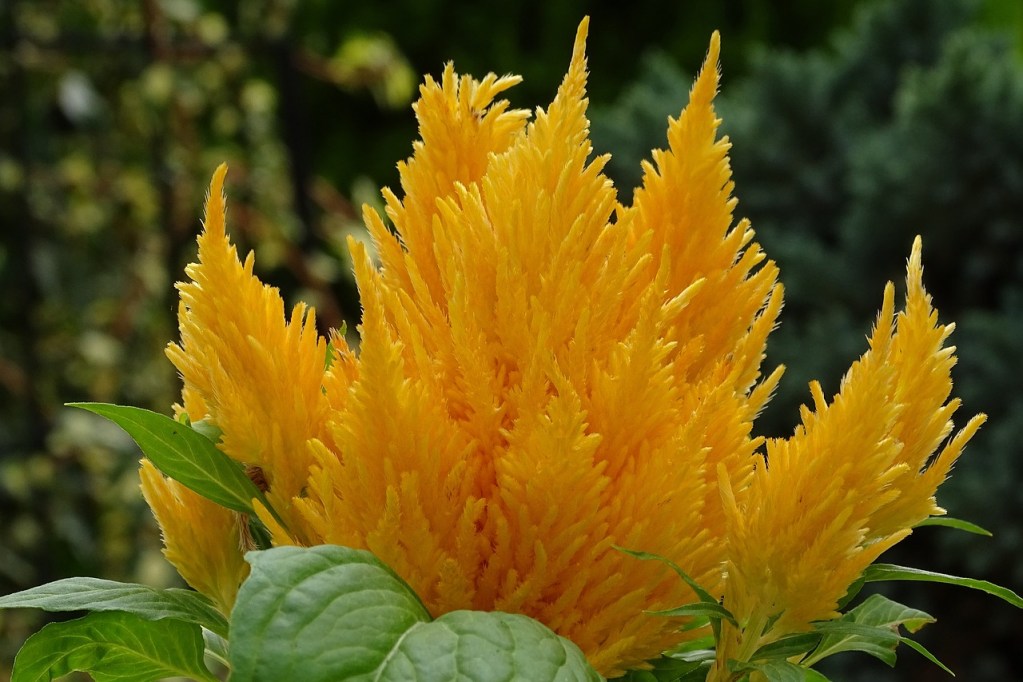
Good news for gardeners with furry friends! Celosia is nontoxic and safe for pets and people. In fact, it is edible and is a traditional food source in parts of East Africa. So there’s no need to worry if your curious pets or kids chew on your celosia plant. They may not find the flower’s feathery texture too appealing, though. If you want to try eating celosia, harvest the leaves when the plant is young, before it flowers. You can use them the same way you might use kale or spinach, such as in salads or soups.
Celosia is a gorgeous and easy-to-grow flower. Whether you live in a zone where you’re able to grow it as a perennial or plan on growing it as a summer annual, you’ll be delighted by the unique textures and vibrant colors of celosia flowers. As an added bonus, you can plant celosia in your vegetable garden and snack on the leaves! Just be sure to leave a few behind if you want to enjoy the flowers as well.




